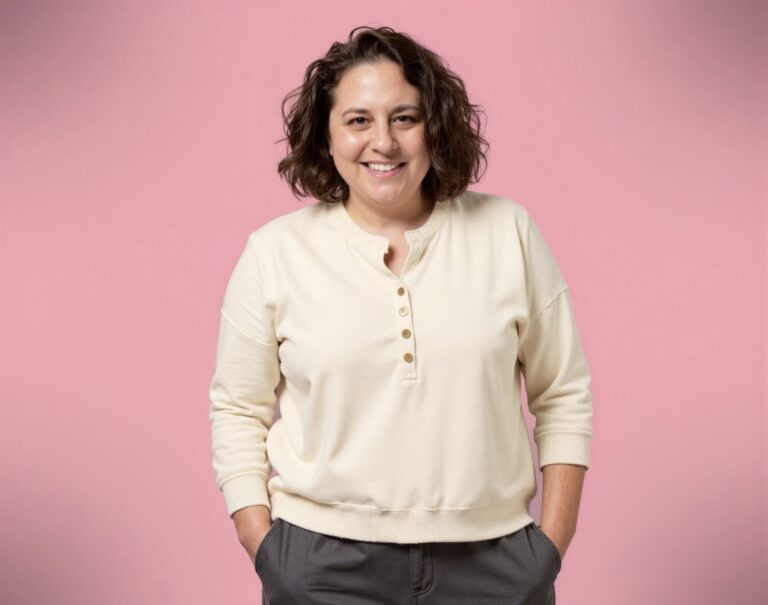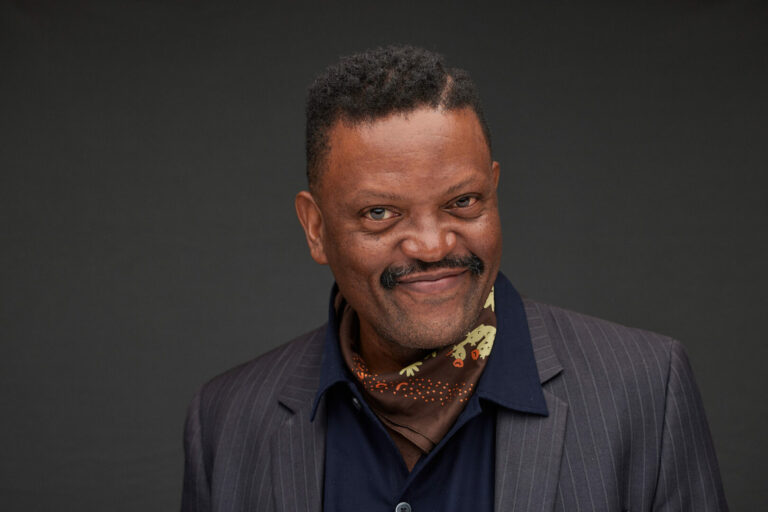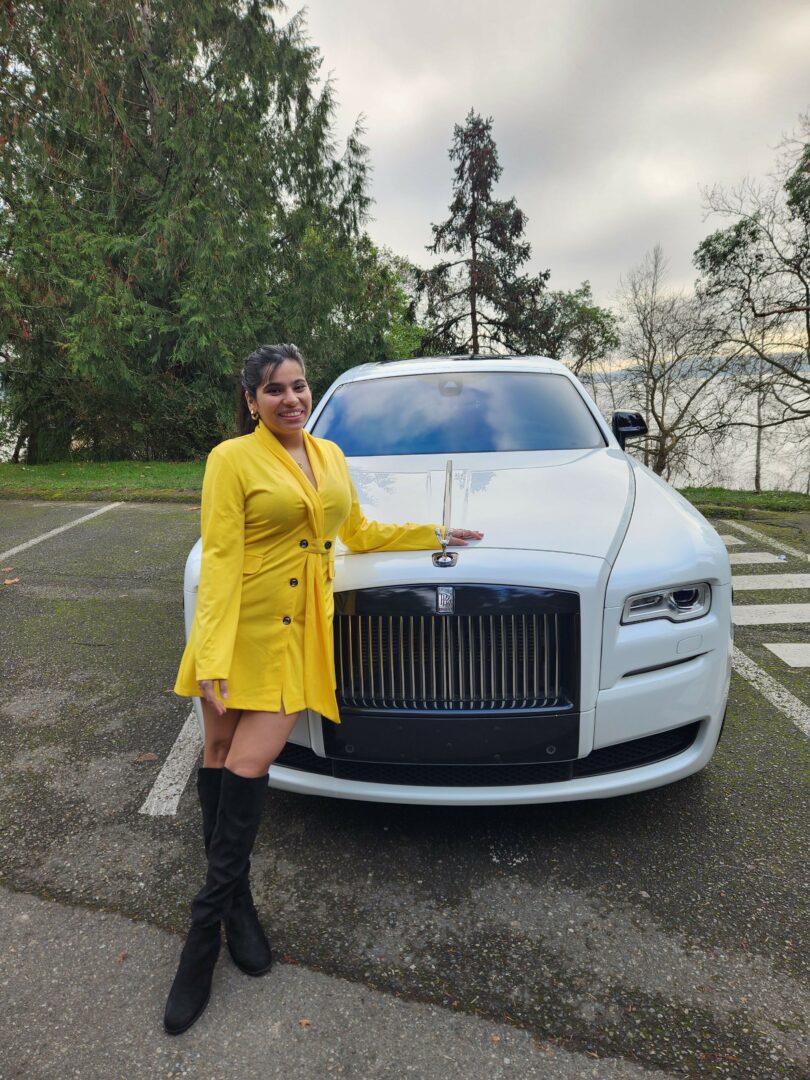We recently connected with Chanapa Kerdlapee and have shared our conversation below.
Chanapa, thanks so much for taking the time to share your insights and lessons with us today. We’re particularly interested in hearing about how you became such a resilient person. Where do you get your resilience from?
Resilience, for me, has always come from a combination of necessity and ambition. Growing up, I took on responsibilities beyond just my own future—I had to support my family while navigating visa uncertainties and overcoming financial and career challenges that often felt overwhelming. Yet, with every major setback, I learned that resilience isn’t just about enduring hardship—it’s about adapting, problem-solving, and pushing forward even when the path is unclear.
Losing my job at Activision Blizzard following the Microsoft merger was one of my biggest tests of resilience. At the time, I had just started my career as an Environment Artist. All of a sudden, I found myself unemployed. My access to the server was revoked and I was missing key pieces of my portfolio. Facing the uncertainty of securing my next opportunity, I was worried about the future and felt as if all was lost. Despite having those doubts, I focused on improving my projects, seeking guidance from mentors, and using what I learned to grow. That resilience eventually led me to new opportunities and a clearer understanding of my goals.
These challenges shaped me into the person I am today. I’ve learned to be patient and make calculated decisions, recognizing that setbacks are often just redirections. I have a dream of opening my own game studio someday, and these skills will be invaluable. To me, resilience is about always getting back up, no matter how many times you get knocked down—and that’s what will help me create something truly lasting in the industry.

Thanks, so before we move on maybe you can share a bit more about yourself?
I’m a 3D artist passionate about environment design and immersive experiences. My journey has taken me from working on AAA titles like Call of Duty: Modern Warfare III and Crash Team Rumble at Activision Blizzard to contributing to groundbreaking VR projects in the healthcare sector. Each project I take on is driven by a desire to create visually compelling, interactive worlds that leave a lasting impact.
What excites me the most about my work is the ability to merge creativity with technical expertise. Whether it’s crafting environments that transport players into new realms or optimizing assets for real-time applications, I love the challenge of bringing digital worlds to life.
Aside from creating immersive 3D worlds, I also enjoy digital painting and sketching in my free time. Digital art was what got me into this field in the first place.
I dream of starting my own game studio one day to create meaningful, engaging experiences while fostering a strong creative community. In the meantime, I am working the best I can with Augmend to deliver experiences that will transform health care for the better.

If you had to pick three qualities that are most important to develop, which three would you say matter most?
Resilience & Adaptability – The creative industry, especially gaming and tech, is constantly evolving, and setbacks are inevitable. Whether it was facing layoffs, navigating visa uncertainties, or handling burnout, resilience has been crucial in keeping me moving forward. Embrace setbacks as learning experiences, stay adaptable, and always be willing to pivot when needed.
Continuous Learning Without Overworking – The field of 3D art is highly competitive, and staying relevant means continuously improving. Whether it’s mastering new software, optimizing workflows, or refining artistic skills, the learning never stops. But at the same time, burnout is real, and pushing too hard can actually slow you down. Set aside time for personal growth, but also make time to rest and recharge. Progress comes from consistency, not overworking yourself to exhaustion.
Being Open to Unexpected Opportunities & Connections – What led me to my current job was being open to opportunities that didn’t perfectly match my previous experience. Sometimes, the best paths aren’t the ones we planned. Whether it’s a casual conversation that sparks a collaboration or a project that leads to something bigger, staying open-minded can make a huge difference. Say yes to opportunities that push you outside your comfort zone, share your work even when it’s not perfect, and be willing to connect with others in ways that feel genuine.

What has been your biggest area of growth or improvement in the past 12 months?
Since I majored in Immersive Reality, my journey has always been centered around VR development and its unique challenges. While I’ve always enjoyed the technical aspects of creating games and immersive experiences, optimization has its own complexities and requires a fine balance between creativity and constraints. Unlike traditional 3D rendering, VR demands high frame rates, low latency, and efficient performance across different hardware—which means deep knowledge of computer graphics, rendering pipelines, and GPU optimization.
Early on, I had to rethink my approach to modeling, texturing, and lighting to ensure environments remained performant while still looking immersive. Using LODs, texture streaming, light baking, trim sheet and other shader optimization techniques can help balance visual fidelity with performance—especially on standalone headsets like the Meta Quest.
I’ll admit that optimization can feel like a chore, and it’s one of the reasons game studios have dedicated Technical Artists to handle these challenges. However, I’ve grown to appreciate the problem-solving aspect that comes with working under constraints. Learning how to debug performance issues, profile GPU usage, and optimize shaders has made me a more well-rounded artist. Instead of seeing limitations as roadblocks.
My advice for artists entering VR/game development? Even if you’re not in a dedicated technical role, having a strong grasp of optimization, rendering techniques, and real-time performance constraints will make you a stronger developer. The best artists don’t just create—they also understand how to make their work functional and scalable within real-world production environments.
Contact Info:
- Website: https://giftkerdlapee.artstation.com/albums/10560694
- Linkedin: https://www.linkedin.com/in/chanapakerd/



Image Credits
Jaime Murrel
so if you or someone you know deserves recognition please let us know here.




